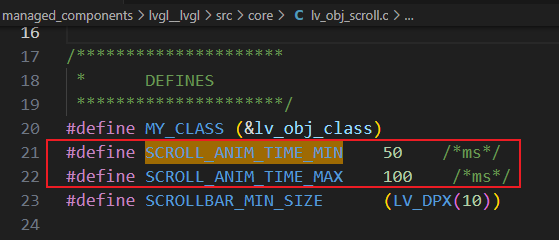理解 JavaScript 的 this 绑定规则
this 是 JavaScript 中动态指向执行上下文的关键字,其值由函数调用方式决定,而非定义位置。掌握以下四种绑定规则可避免常见陷阱:
-
默认绑定
独立函数调用时,非严格模式下 this 指向全局对象(浏览器中为 window),严格模式下为 undefined
function showThis() { console.log(this); }
showThis(); // 浏览器中输出 window(非严格模式) -
隐式绑定
函数作为对象方法调用时,this 指向调用对象
const user = {
name: "Alice",
greet() { console.log(this.name); }
};
user.greet(); // "Alice"(this → user 对象) -
显式绑定
通过 call/apply/bind 强制指定 this:
function sayHi() { console.log(this.name); }
const teacher = { name: "Bob" };
sayHi.call(teacher); // "Bob"(立即执行)
const boundFunc = sayHi.bind(teacher); // 返回绑定后的函数
- new 绑定
构造函数调用时,this 指向新创建的实例:
function Person(name) {
this.name = name; // this → 新对象
}
const john = new Person("John");
特殊场景:箭头函数
箭头函数没有自己的 this,继承外层作用域的 this 值:
const obj = {
value: 42,
getValue: () => console.log(this.value) // 输出 undefined(继承全局 this)
};
常见误区与解决方案
回调函数丢失 this:
// 错误示例
button.addEventListener("click", user.greet); // this 指向 button 元素
// 正确方案:使用 bind 或箭头函数
button.addEventListener("click", () => user.greet());
嵌套函数中的 this:
const data = {
list: [1,2,3],
print() {
this.list.forEach(function(item) {
console.log(this); // 默认指向全局对象!
});
}
};
// 解决方案:使用箭头函数或绑定 this
this.list.forEach(item => console.log(this)); // 正确指向 data 对象
最佳实践:优先使用箭头函数处理需要固定 this 的场景,必要时用 bind 显式绑定。理解这些规则能有效避免开发中的 this 指向混乱问题。


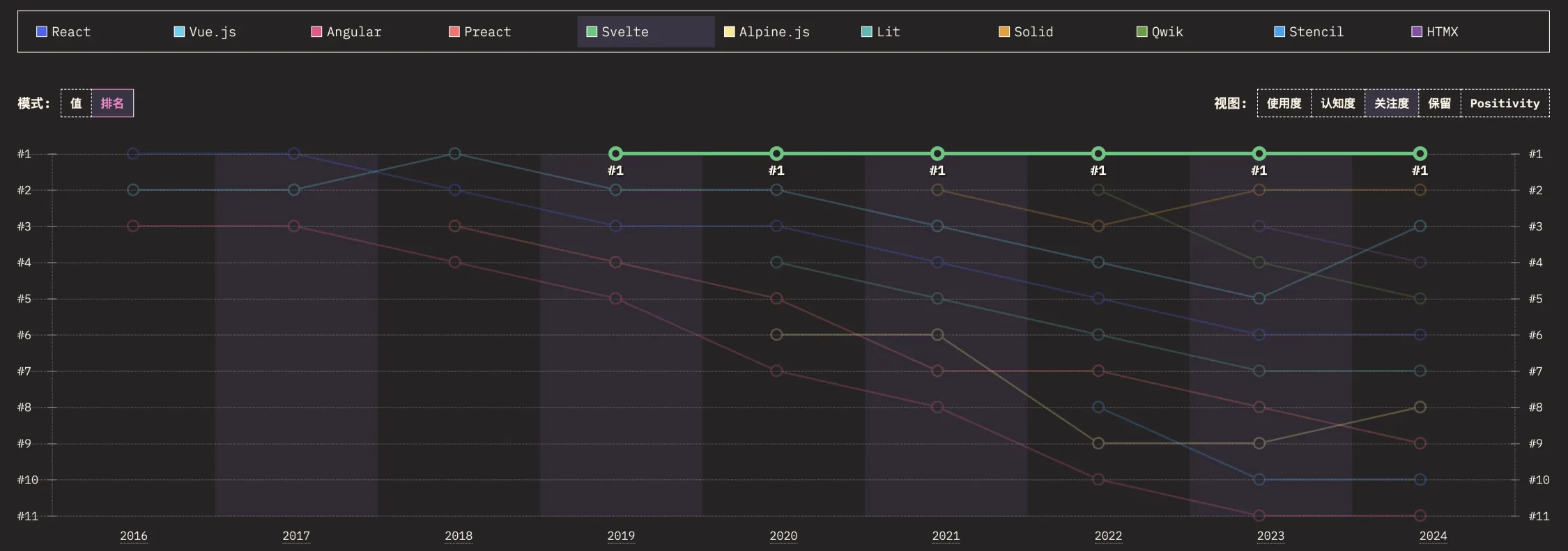
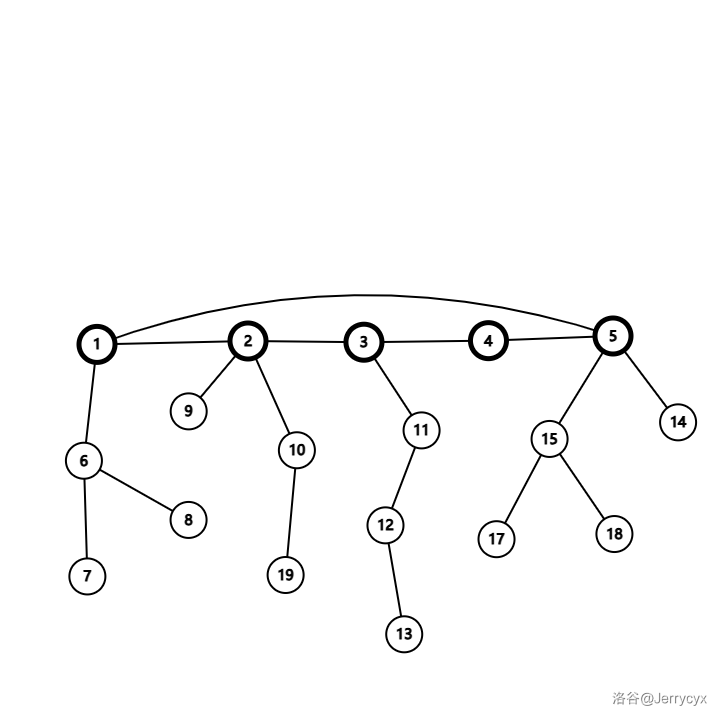

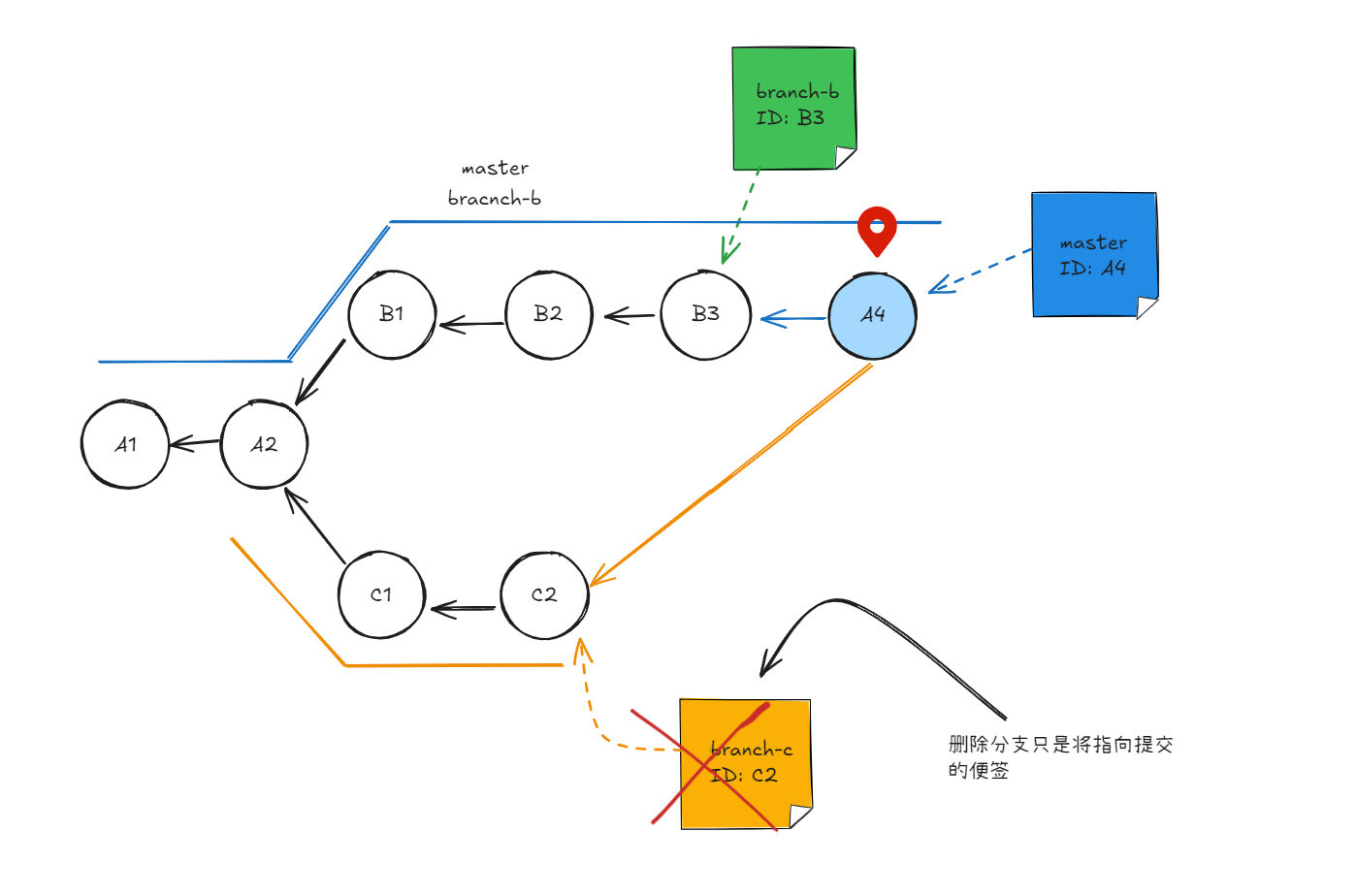
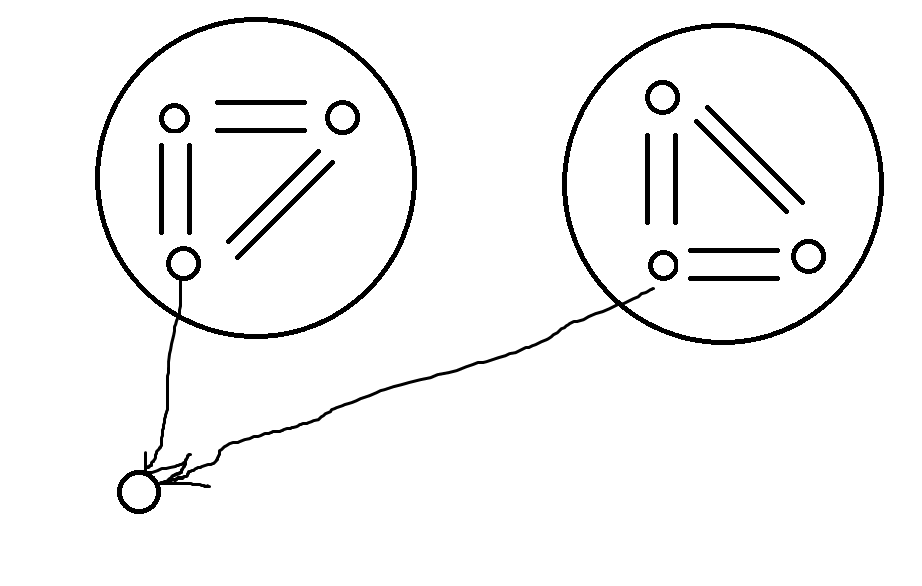


![P1020 [NOIP 1999 提高组] 导弹拦截(dilworth)](https://img2024.cnblogs.com/blog/3599636/202502/3599636-20250213183723947-1236173575.png)

